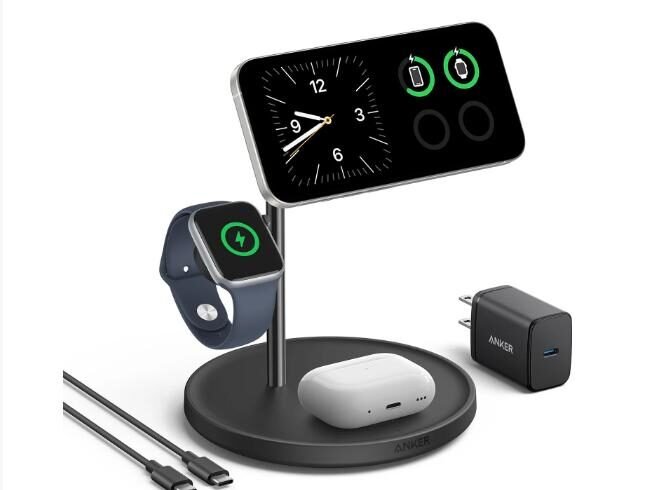How Does Standby Mode Impact Your Phone’s Battery Life?

Standby mode is a common feature in smartphones, designed to conserve battery while keeping the device ready for use. Understanding how this mode affects your phone’s battery life can help optimize usage and prolong the lifespan of your device. This article examines the intricacies of standby mode and its influence on battery performance. If you find the following information useful, please share it.
Introduction to the Standby Mode
What is Standby Mode?
Standby Mode refers to the state where a smartphone remains on but reduces its power consumption by minimizing active functions. While in this mode, the phone stops most background processes except essential ones like receiving calls and messages. The screen turns off, but the phone is still operational at a lower power level. Standby mode offers a balance between usability and energy efficiency, ensuring that the device is always ready yet consumes less power. This mode is crucial for those who prefer not to turn their phones off completely, offering basic connectivity with minimal battery drain.
Battery Consumption in Standby Mode
The amount of battery consumed during standby mode depends largely on the phone’s settings and background activities. Factors such as app notifications, Wi-Fi connectivity, and location services can mildly drain the battery even when the phone is not actively in use. Modern smartphones come equipped with advanced software that intelligently manages these processes to minimize power usage. However, continuous synchronization of apps and frequent updates can still lead to noticeable battery consumption. Additionally, some devices have more efficient hardware and software integration, resulting in better standby performance compared to others. Users should be aware of their phone’s specific functionalities and adjust settings accordingly to reduce unnecessary battery drain.
Optimizing Standby Mode for Better Battery Life
To make the most out of standby mode and maximize battery life, users can take several proactive steps. Adjusting sync frequency for email and other apps can significantly reduce power consumption. Disabling push notifications for non-essential apps ensures that the phone wakes up less frequently, preserving battery life. Turning off Bluetooth, Wi-Fi, and GPS when not needed also contributes to longer battery duration. Most smartphones offer power-saving modes that automatically adjust settings for optimal performance during standby. Utilizing these features can extend the time a phone lasts between charges. Furthermore, regularly updating the device’s operating system ensures access to the latest energy-efficient technologies and improvements.
Common Misconceptions About Standby Mode
A prevalent misconception is that standby mode halts all battery usage. In reality, some background processes continue to operate, albeit at a reduced capacity. Another misunderstanding is that fully closing all apps before entering standby conserves significant power. However, modern operating systems efficiently manage background apps, making manual intervention mostly unnecessary. Some believe that airplane mode equates to standby mode, though it actually cuts off all network connections, offering greater battery conservation. Lastly, the assumption that all smartphones consume equal battery in standby ignores variations in hardware and software design.
Real-World Implications of Standby Mode Usage
Understanding how standby mode impacts battery life aids users in developing smarter habits for phone usage. Frequent travelers benefit immensely as they rely on standby mode to maintain connectivity without rapidly depleting battery reserves. Office workers and students often find themselves switching between active and standby modes throughout the day, and managing this transition effectively can lead to increased productivity without the constant need for charging. Awareness of which apps and services consume more power allows users to tailor their phone settings based on individual needs. Additionally, industry trends show that manufacturers are continually working towards improving battery technology and standby efficiency, which promises even better performance in future devices. By recognizing current limitations and capabilities, users can adjust their expectations and strategies, reducing the frustration of a quickly draining battery.
Conclusion
Maximizing your phone’s battery life in standby mode requires an understanding of device-specific features and user habits. By adjusting settings, minimizing unnecessary background activities, and utilizing built-in power-saving tools, users can extend their phone’s operational time. Standby mode offers a practical solution for maintaining connectivity while conserving energy, making it an essential aspect of modern smartphone usage. With careful management and awareness, users can enjoy their devices longer between charges.



